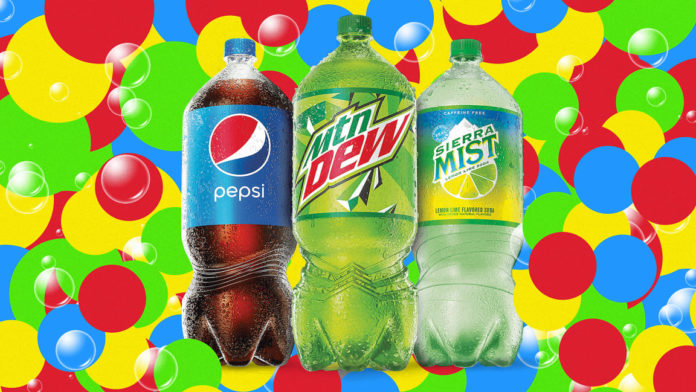The very first design of the two liter Pepsi bottles appeared in 1970 and it was updated in the 1990s. Three decades later, designers of the iconic beverage brand have decided to rethink the design of these bottles.
When you sell more than 500 million units of a given product per year, consumers are so attached to every part of the product they buy that changing any part of it can become a holy grail. In this specific case, the path to change began in 2018.
Furthermore, if we write this article today, it’s certainly thanks to the Coronavirus pandemic that made designers working from home in the midst of the project. This therefore allowed designers to use 3D printing to create new prototypes of the new design, prototypes that have been tested and validated using virtual reality.
Yet, this is not the first time PepsiCo takes advantage of 3D printing as part of a project. A few years ago, the international corporation attempted to recreate Ruffles potato chips using 3D printing, and 3D printed Black Panther memorabilia, to name a few examples of what the company did with the technology.
The new two-liter bottles
“Changing the shape of the bottle also changes its rigidity and ability to support itself”, Mauro Porcini, SVP and chief design officer at PepsiCo told Business Insider. “It’s insanely difficult.”
The new two-liter bottles now feature a slim area to grip, which is 25% slimmer than the circumference on the old bottles. According to the company, it has been very challenging to decide where exactly to put the grip on bottles for easiest pouring.
“A project of this scale in the past would require “a laboratory, a workshop, eventually a company that creates model,” Porcini said. It would be “very expensive.” Furthermore, “while VR isn’t that common among design studios or in-house designers yet, Porcini says that it’s where the industry is headed”.
Using home 3D printers, they have been able to create hundreds of 3D printed prototypes. With 500 million units sold per year, this product is certainly another chance to show a broader market the power of 3D printing and VR technologies.
Remember, you can post free of charge job opportunities in the AM Industry on 3D ADEPT Media or look for a job via our job board. Make sure to follow us on our social networks and subscribe to our weekly newsletter : Facebook, Twitter, LinkedIn & Instagram ! If you want to be featured in the next issue of our digital magazine or if you hear a story that needs to be heard, make sure to send it to contact@3dadept.com






